Every nation has its culinary peculiarities — at least things that seem peculiar to those from other places. Consider Scotland’s famous haggis — ground-up lamb organs and oatmeal encased in a sheep’s bladder. Or the gelatinous lye-cured salt cod favored in Norway. Or Corsica’s casu marzu, which is pecorino cheese that’s considered worth eating only when it has attracted hordes of live maggots — a delicacy that is banned, not surprisingly, in the EU and the U.S. (And that is one of the 25 foods that can make you sick or kill you).
As unpleasant as dishes like these might sound to us, they’re essential to the food cultures of their native lands, and remain much appreciated — especially by older generations. We should hardly be surprised to realize, then, that there are commonplace American foods (and drinks) that people from elsewhere might consider bizarre, ridiculous, or unpalatable — even if, in our case, these foods may not involve offal or insects or mucilaginous fish.
To assemble a list of American foods foreigners just don’t understand, 24/7 Tempo consulted lists appearing on Quora and Mashed, as well as articles on various gastronomic and culture sites. As American foods have proliferated around the globe, with Yankee comestibles like chili, hamburgers, and Southern fried chicken becoming virtually universal, it’s hardly possibly to say that everybody in every other country will find the items on our list distasteful. (Of course, even within the U.S., food preferences can vary widely. Here is a list of the strangest food from every state.)
But some of the things appearing here are simply contrary to the way most of the rest of the world thinks about food. Some involve foodstuffs that aren’t widely available overseas (except maybe on military base PXs or in American specialty food stores). Still others are based on foods that certainly are available in other countries but that aren’t used the same way we use them. It all comes down to that old saying that there’s no accounting for taste.
Here are some American foods foreigners just don’t understand.
Breakfast cereal
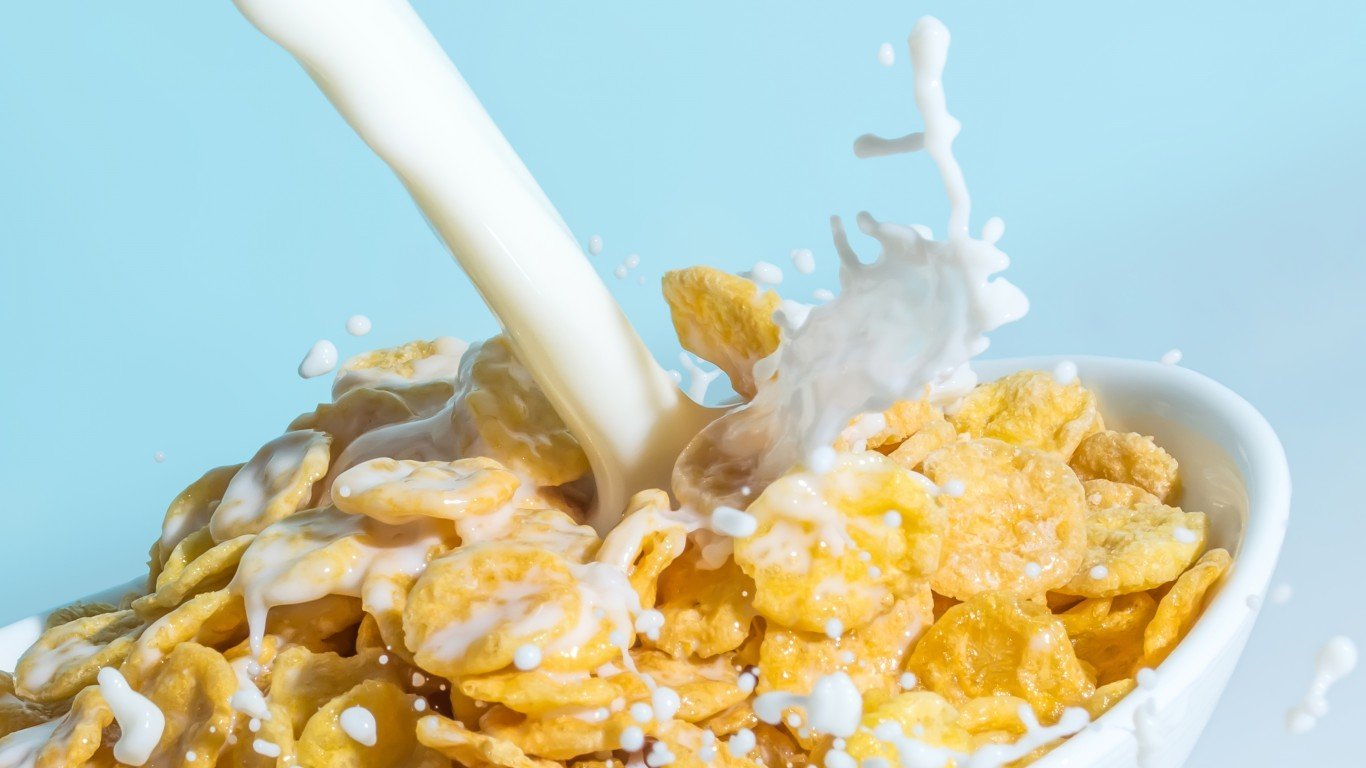
Drenching cornflakes with milk.
Sure, the Swiss invented muesli, which is breakfast cereal of a sort. But sweetened bits of flaked corn dough, turned soggy with cold milk? Or confectionery masquerading as breakfast food, like Cap’n Crunch or Fruity Pebbles? How about a croissant instead?
Lima beans
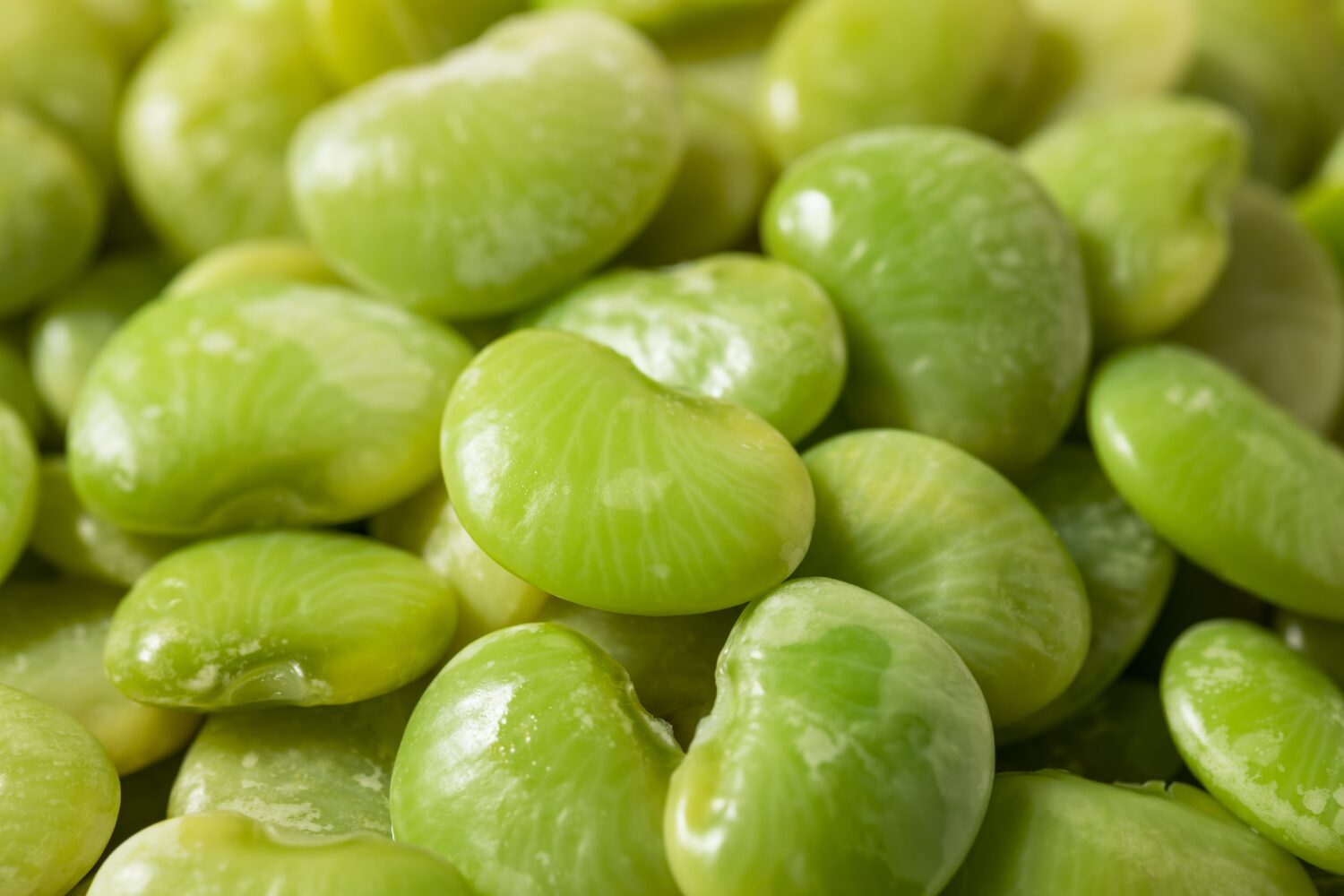
Cooked lima beans.
Lima beans might look a little like fava beans, but the latter are native to the Middle East, while limas are a New World vegetable (named, as you might guess, for Lima, Peru — from which they were first exported). Those not familiar with them find them chalky and insipid in flavor. And then there’s the fact that limas contain cyanide. Cooking destroys the enzymes that release the chemical, but the very idea puts a lot of people off.
Jell-0
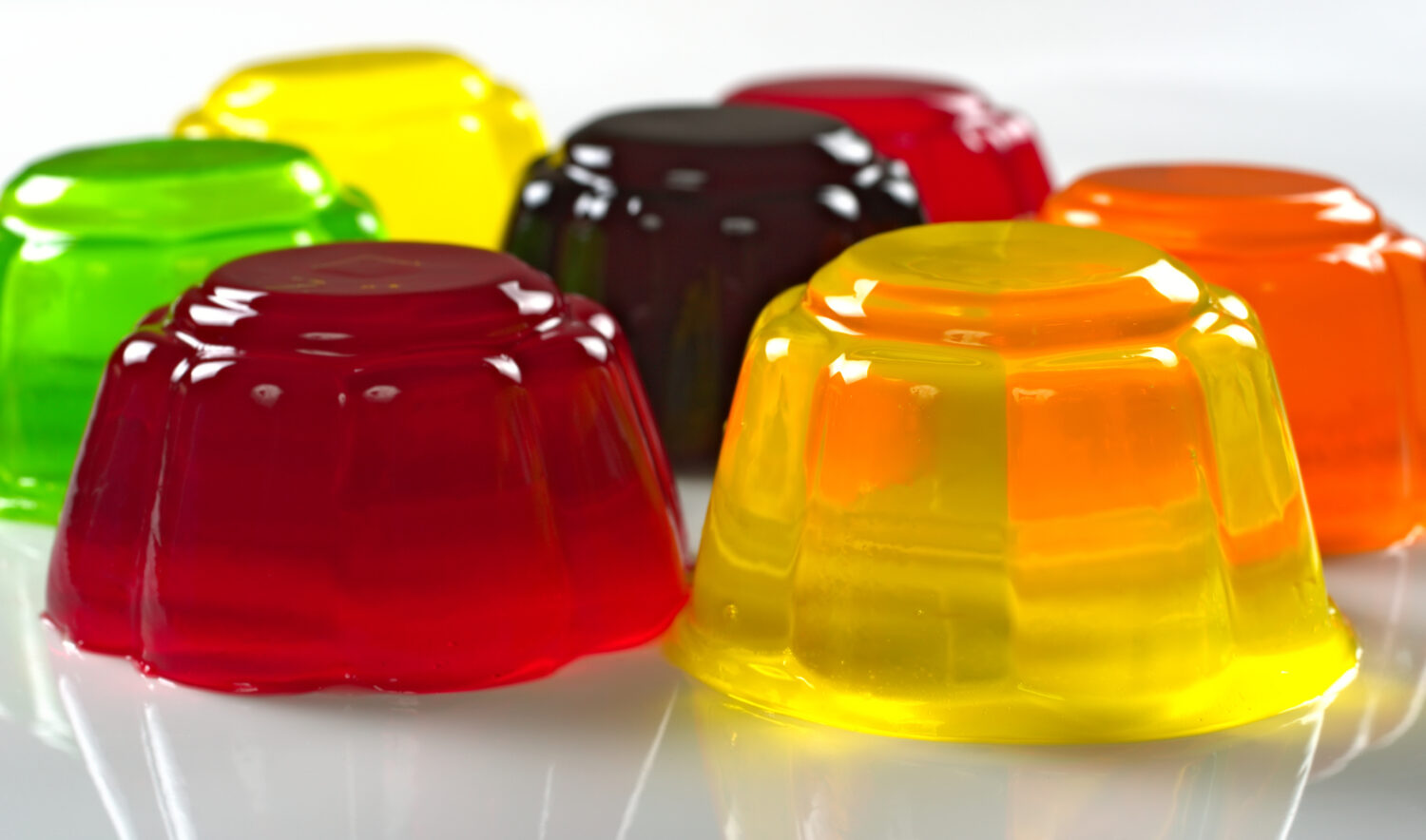
Assorted Jell-O flavors.
Gelatin in other cuisines than ours is usually savory, a meat jelly around pâté, aspic studded with vegetables, etc. There’s even jellied soup, called consommé madrilène. But gelatin artificially colored and fruit-flavored, often with pieces of fruit or even cottage cheese encased within, just seems wrong to a lot of people.
American cheese
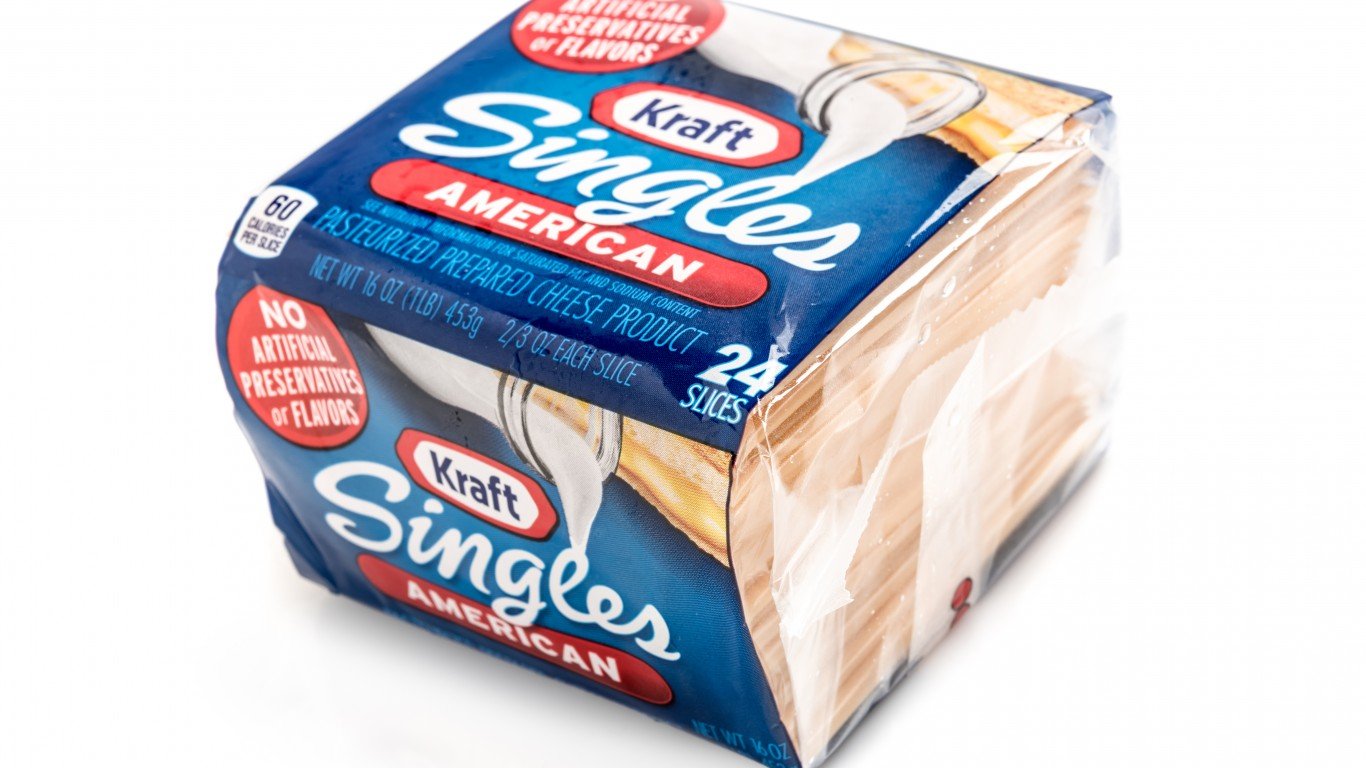
Individually wrapped American cheese slices.
There’s a lot of great American cheese, whether made by artisanal producers in Vermont or Georgia or big companies in California or Wisconsin, but this ain’t it. The whole idea of cheese slices, perfectly uniform in every way and bland in flavor is just weird to cheese-lovers abroad — and the idea of wrapping each slice individually seems not only pointless but also environmentally incorrect.
Peanut butter
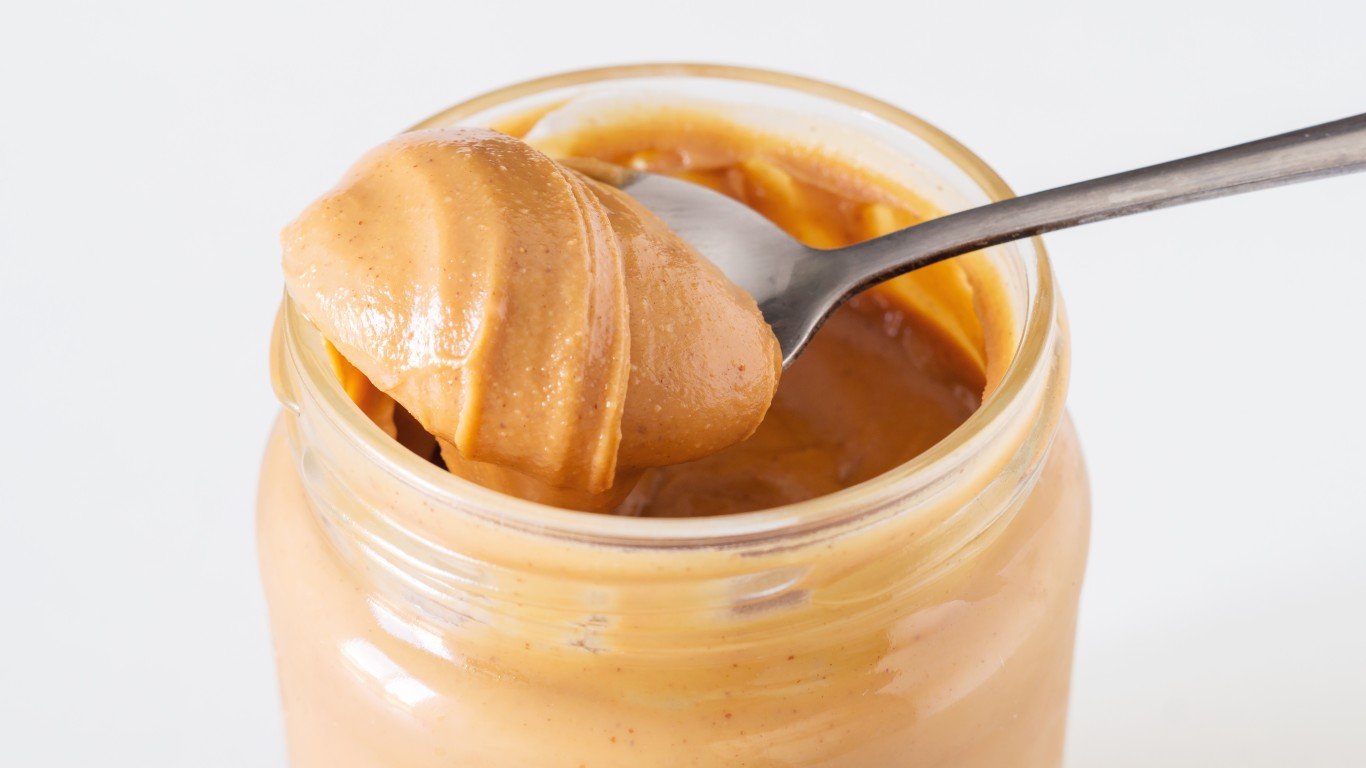
Peanut butter on a spoon.
In some parts of Africa and Southeast Asia, peanut butter is well-known and appreciated as an ingredient in soups, stews, and other dishes. Europeans are less likely to enjoy it (though it reportedly has a lot of fans in the Netherlands) — but almost nowhere else in the world is it considered something to be dolloped on crackers or, even worse, combined with jelly in a sandwich. It’s just too goopy — and it can stick unpleasantly to the roof of your mouth.
Spam
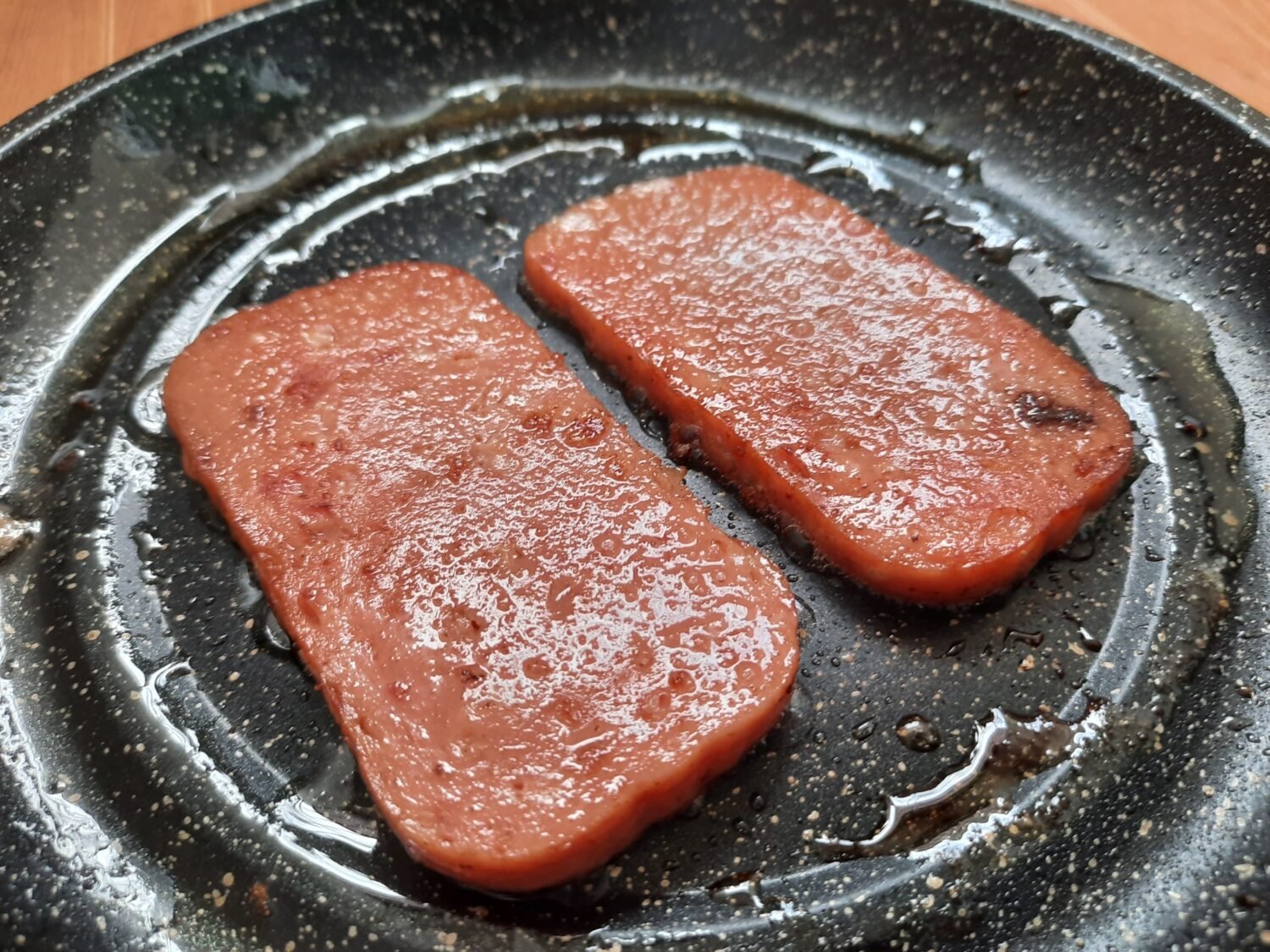
Fried Spam.
Spam — a precooked, heavily salted, reconstituted pork product — was introduced by Hormel Foods in 1937, and has been a kind of American food touchstone (ironically or not) ever since. It has found fans in parts of Asia, and as any Monty Python fan will know, also in the U.K. But in most other places, it is looked on with suspicion, considered a kind of imitation meat, and superfluous when the real thing is available.
Doughnut burgers
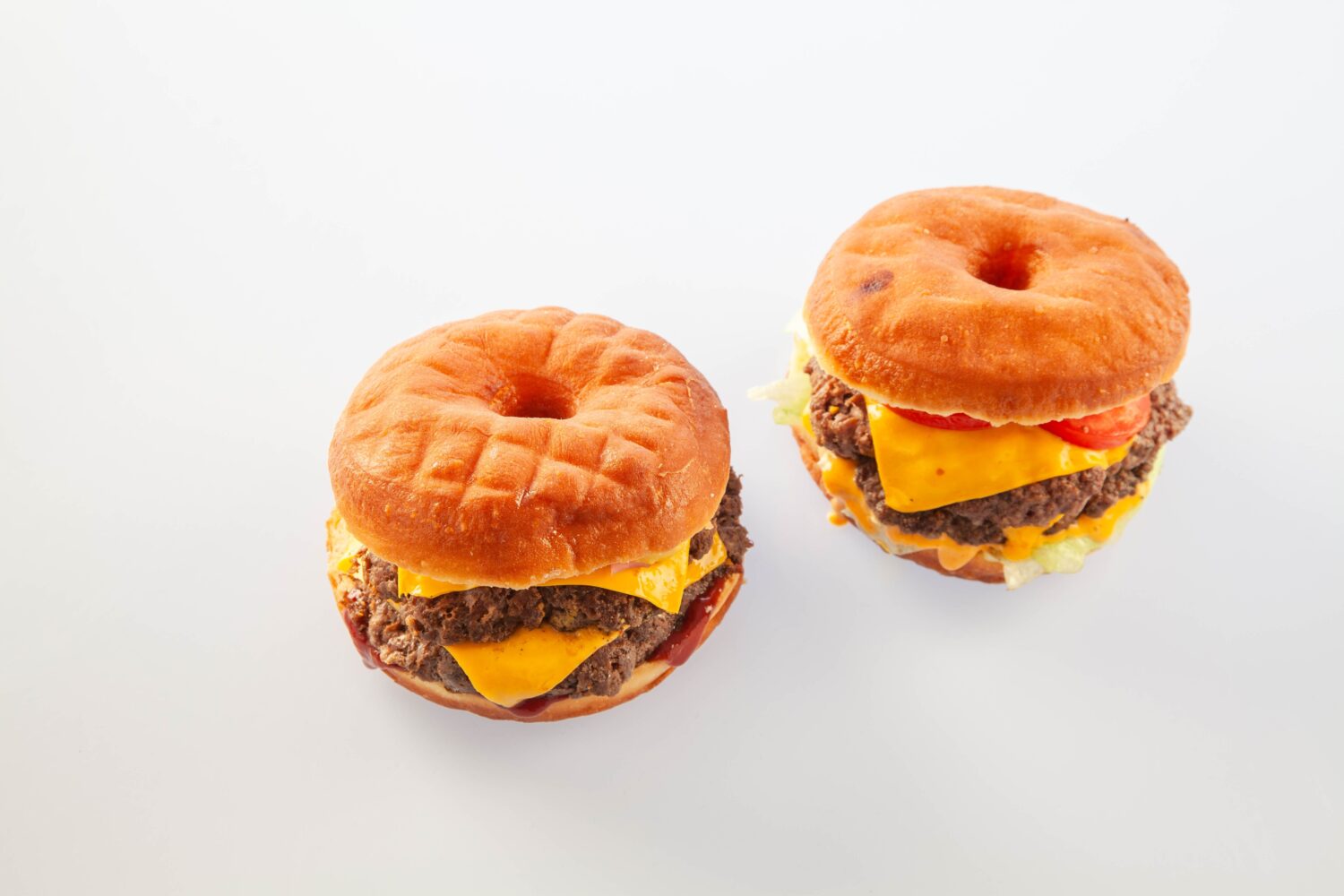
Two cheeseburgers on brioche doughnut buns.
Fast-food mash-ups are a recent American phenomenon, and along with dubious creations like Pizza Hut’s pizza with a hot dog-stuffed crust or Taco Bell’s waffle-shell taco, we’ve seen a fad in recent years for alternative buns. Dunkin’ might have started it a decade ago when they used a plain doughnut as the bun for a breakfast sandwich. Well, maybe that made a bit of sense. But then came cheeseburgers inside split doughnuts (and inside fried ramen wedges, among other things). This kind of sweet-and-savory combination just seems pointless to much of the world.
Corn dogs
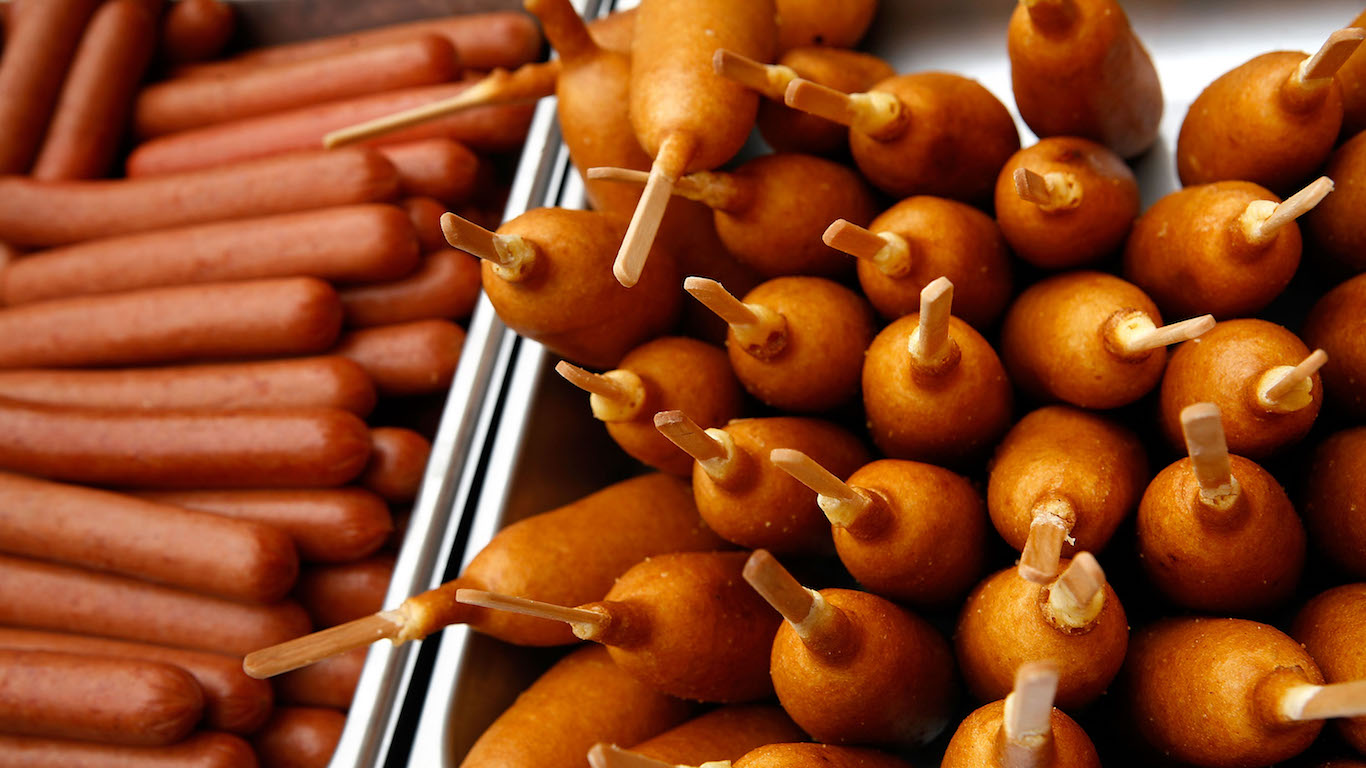
Corn dogs at the American Meat Institute's Hot Dog Day Lunch in Washington D.C.
Hot dogs and similar sausages, under whatever name, are found all over Europe and Latin America as well as much of the rest of the world. But they belong in buns or bread of some kind, not in a cloak of deep-fried cornmeal batter and on a stick. The notion leaves people scratching their heads in foreign parts.
S’mores
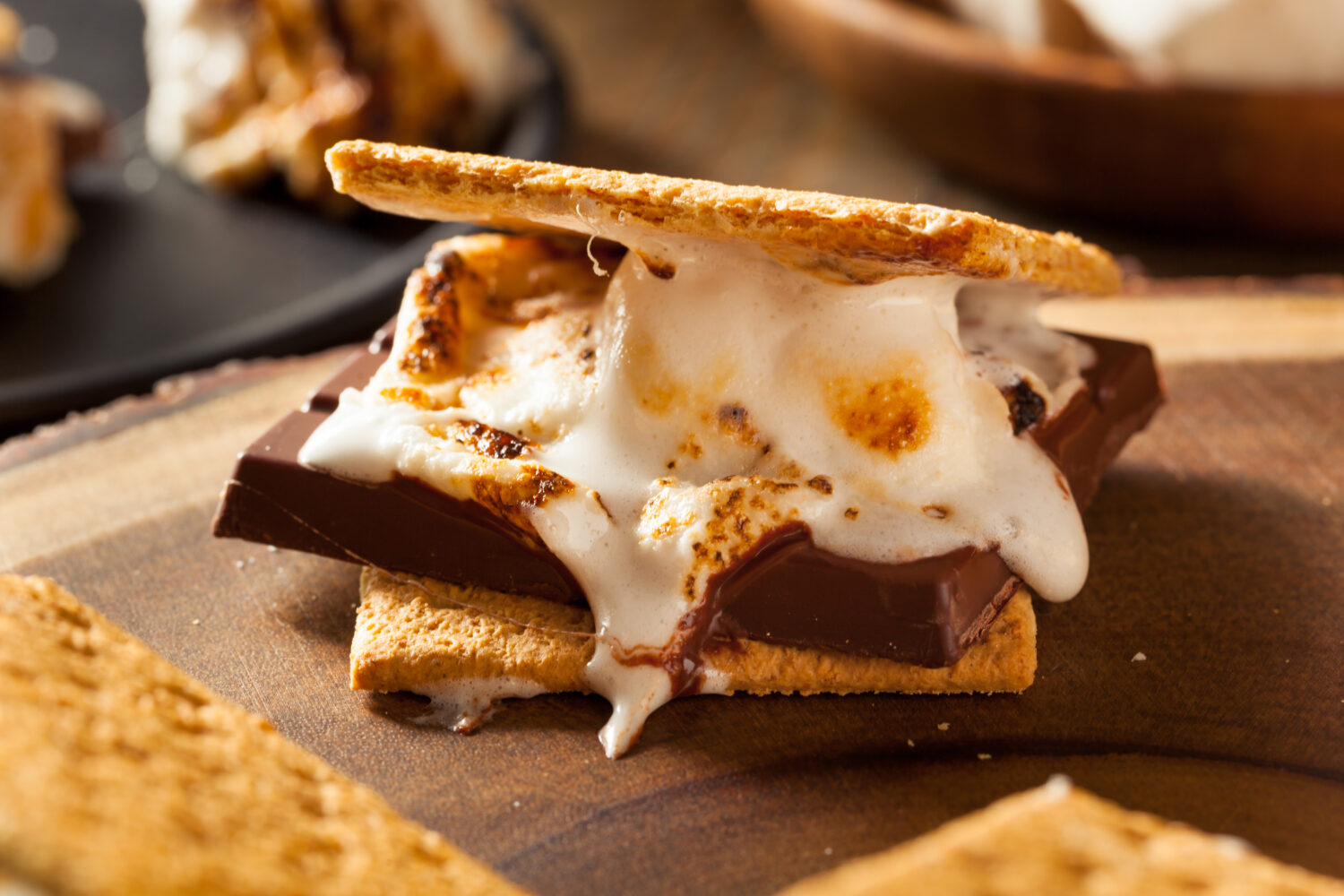
A classic example of S'mores.
Marshmallows aren’t much eaten in most of the world, outside the U.S., Canada, Australia, and New Zealand, and graham crackers are hard to find in many places. More than that, outside observers are likely to consider s’mores yet another example of American excess — gooey white stuff with melted chocolate on sweet cookies.
Biscuits and gravy
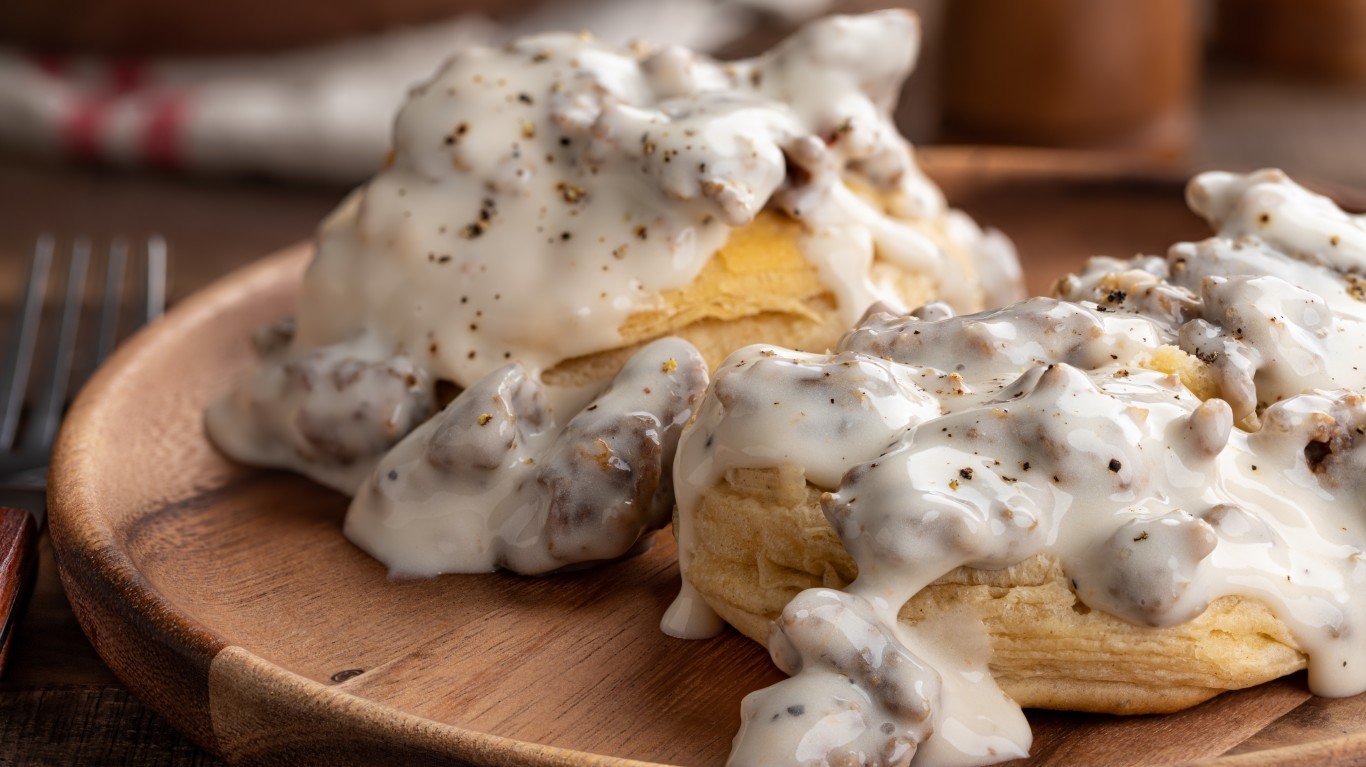
A Southern breakfast staple.
Leaving aside the question of terminology — in the U.K., biscuits are what we call cookies — the idea of smothering what are essentially savory scones in a thick white sauce full of crumbled sausage seems like a major disconnect to people in a lot of other places. And that’s not what most people call gravy, either.
Pop Tarts
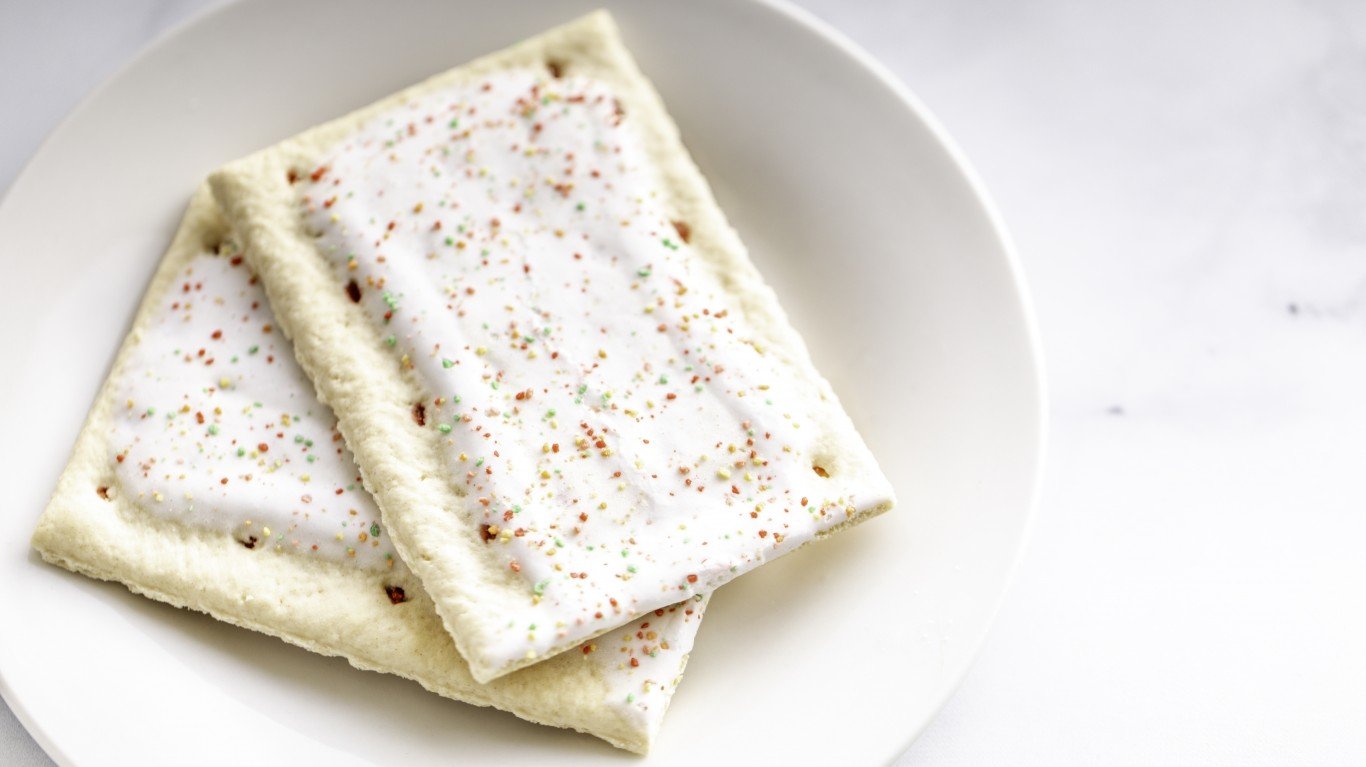
Frosted Pop Tarts with sprinkles.
These sweet toaster “pastries” may be a boon to busy parents trying to put breakfast on the table before school and work, but they are unrecognizable as pastry to much of the world, and are widely seen as the kind of artificial food product that’s all too typical of the American kitchen.
Deep-fried pickles
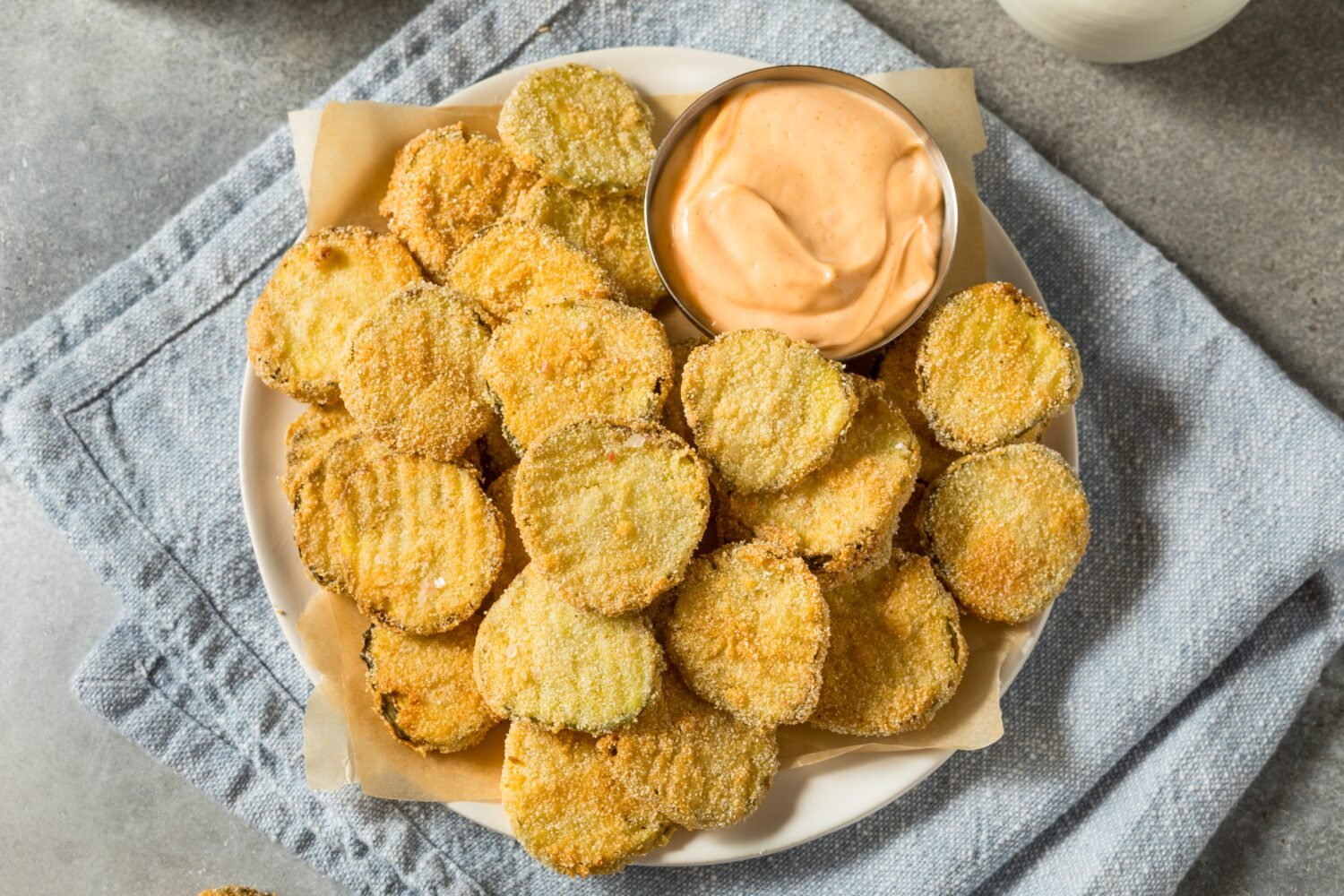
Deep-fried pickle slices.
Pickles are a condiment, usually served cold, and known around the world as an enhancer of meat and vegetable dishes. Who but the Americans would turn them into snack food?
Cincinnati chili
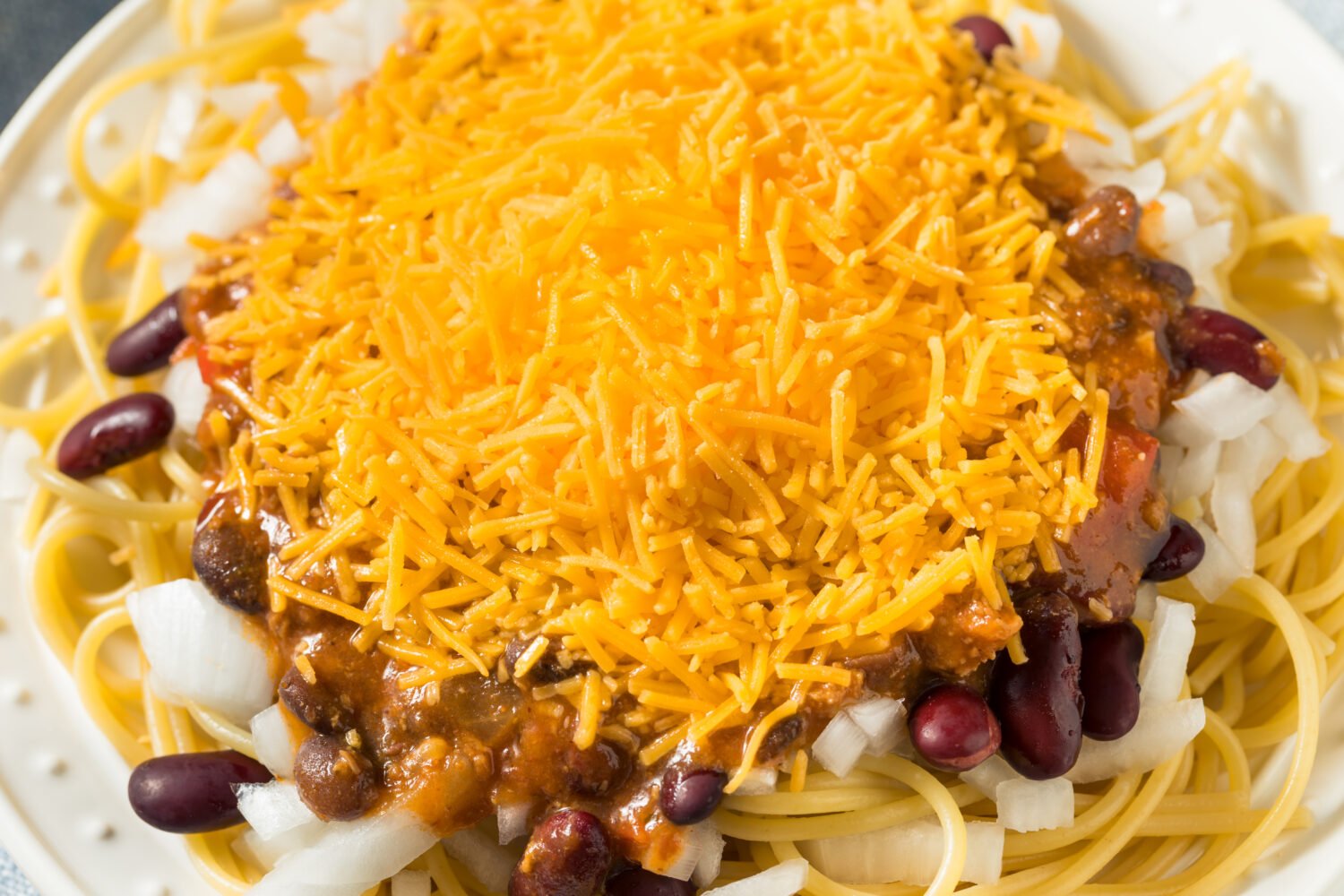
Five-way Cincinnati chili (with cheese, chili, onions, beans, and spatherri).
Chili con carne (usually called just “chili”) has found fans in many countries. But this unique regional specialty from southern Ohio turns chili into pasta sauce and obscures the whole thing with huge amounts of shredded yellow cheese. The dish may have been invented by Greek immigrants, but it is difficult to imagine it finding favor in Greece or Italy or almost anywhere else today.
Ice water

Very cold ice water.
Americans are obsessed with ice. We can rarely imagine any cold drink without it. While other cultures do use ice in drinks sometimes (certainly in cocktails), it is much less common than it is here. Room temperature water is just fine, as is water from a bottle that’s been in the fridge. Pouring it over ice seems like yet another example of our “more is more” tendencies.
Root beer
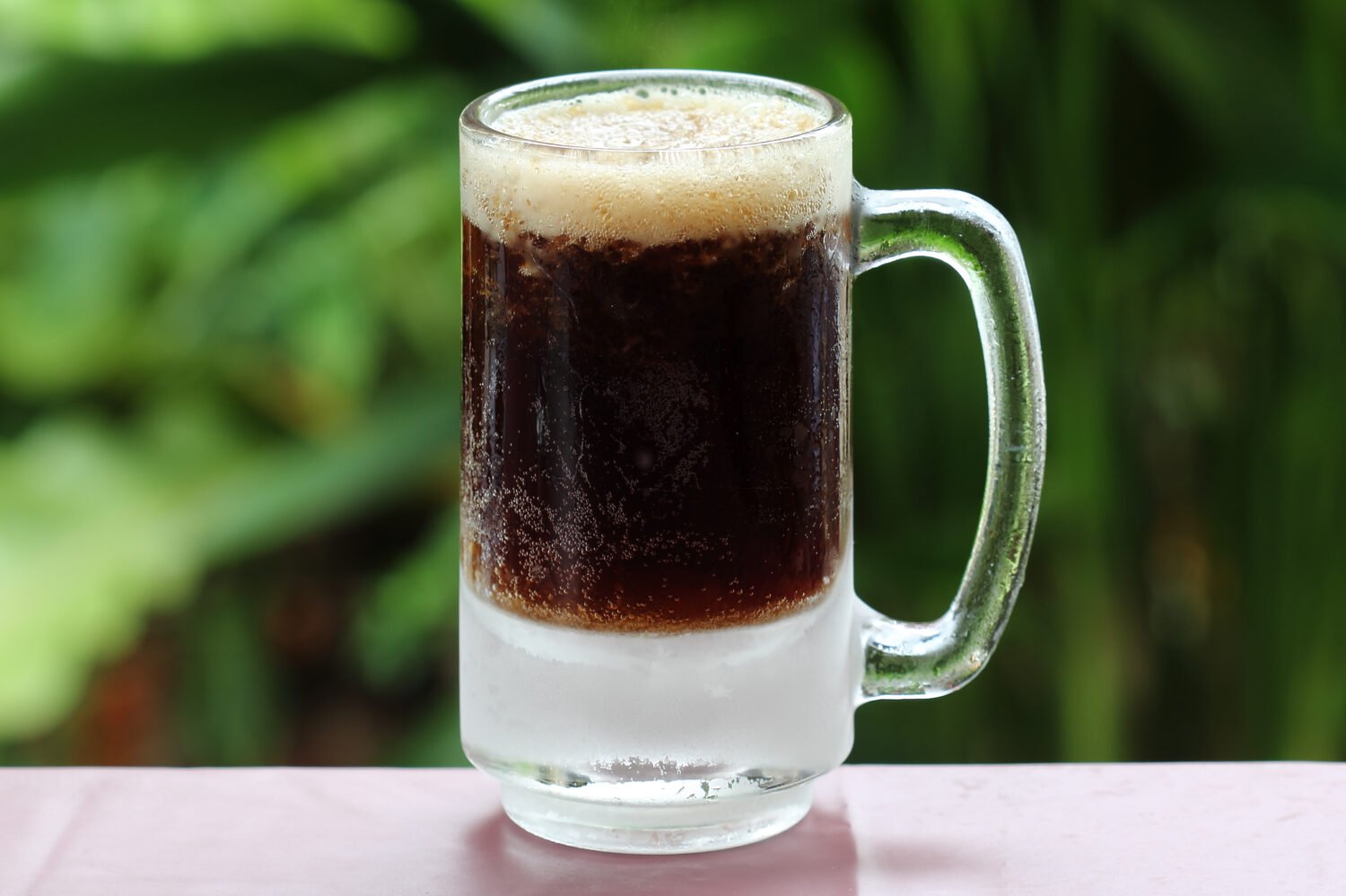
Root beer in an old-fashioned mug.
There have been numerous attempts over the years to introduce root beer to the international market, but it has almost never found fans abroad. People who haven’t been used to it from childhood simply find the flavor unpleasant, and reminiscent of toothpaste or mouthwash.
Corn on the cob
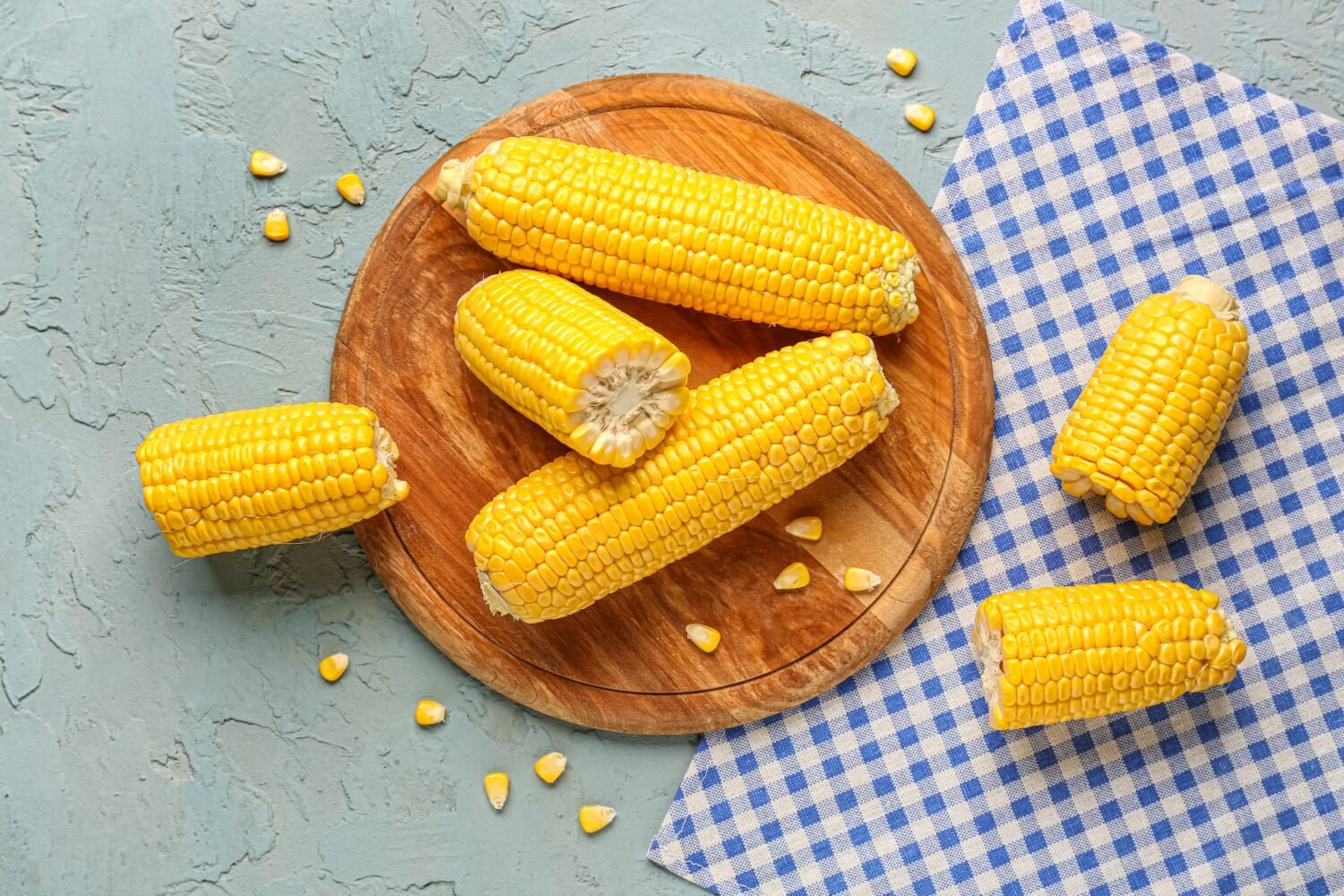
Fresh-shucked corn on the cob.
Corn on the cob, slathered with crema and dusted with cotija cheese and chile powder, is a popular street food in Mexico, and is eaten increasingly in other places. But for much of the world, it’s animal fodder — what you throw to pigs to help fatten them for slaughter.
Sliced bread
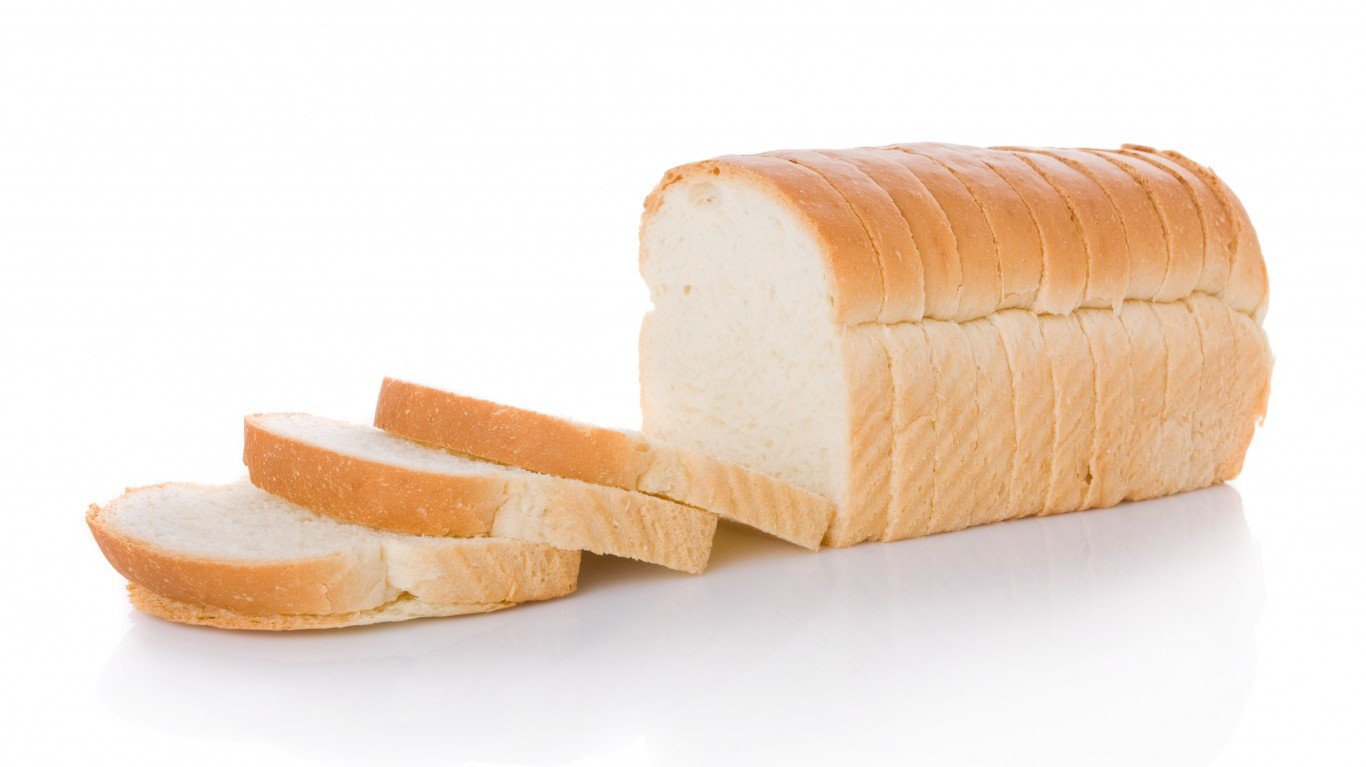
A loaf of sliced white bread.
Soft, spongy, pre-sliced bread made from bleached flour dates from the late 1920s, and is, not surprisingly, an American invention, hailed for its convenience. While similar loaves are popular in other parts of the English-speaking world and in Japan, in most places, the most likely response to this kind of thing would be “That’s not bread.”
Well-done steak
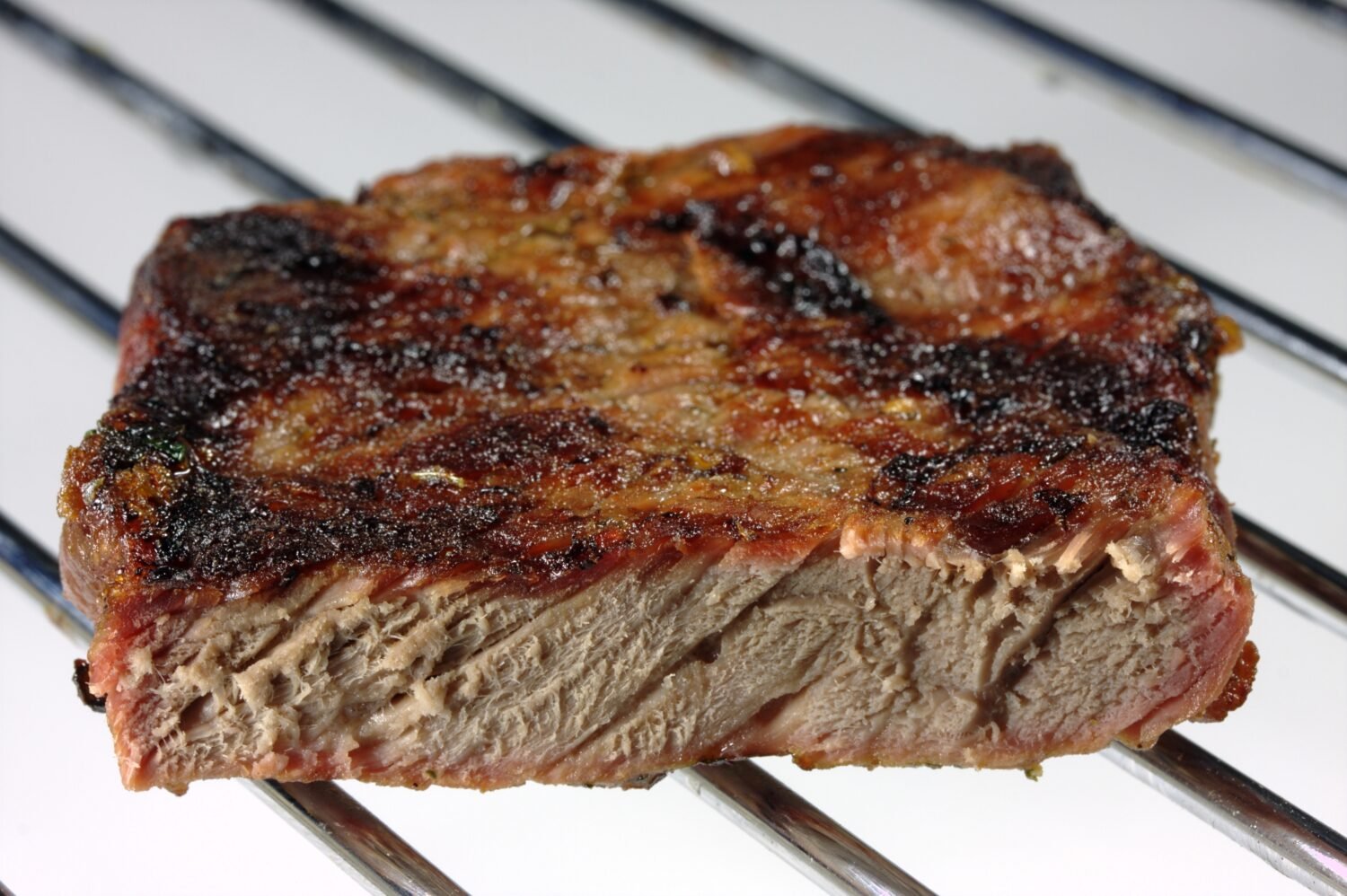
A piece of steak grilled into lifelessness.
Does anybody other than Americans habitually eat steak with an interior cooked into grayish-brown? All the juices and much of the flavor simply disappear (which is why some restaurants, even in this country, refuse to turn out a well-done piece of meat). Steak tends to be expensive, and preparing it like this just ruins it. The French have a term for medium-rare steak: à point, which means just to the right degree, or perfectly. We would probably not like to hear what a French chef would call a piece of meat like that pictured above.
